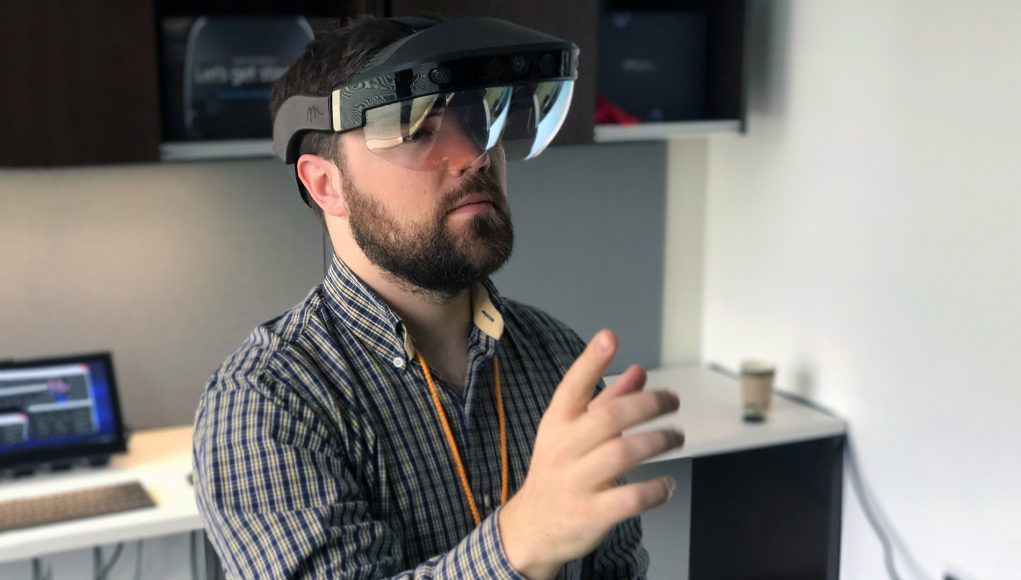The Meta 2 AR headset SDK now supports SteamVR, making it easy for developers who have built SteamVR applications to add support for the headset.
With support for the Vive, Rift, and soon the Windows VR headsets, it seems that SteamVR is slowly becoming the multi-headset hub that Valve originally envisioned. Thanks to Valve’s OpenVR API, the Meta 2 AR headset has now also added initial support for SteamVR to version 2.3 of their SDK. That means the developers who have been building games and apps based on the OpenVR API will be able to easily add support for the Meta 2 headset.
According to a blog post from the company, the initial support is still limited, allowing the headset to render SteamVR content but with older tracking no input. The company says they’ll soon be adding optimized tracking and allow user’s hands to function as controllers thanks to the headset’s hand-tracking tech. There’s also plans to make the headset interoperable with the Vive controllers.
Meta says they plan to “build a thriving AR ecosystem on SteamVR,” which makes it sound as if they’re targeting the platform as the headset’s primary hub for content distribution; we’ve reached out to confirm the company’s future plans.







